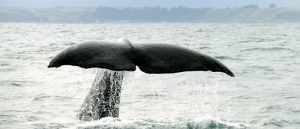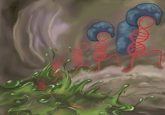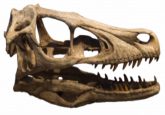Mathematical model calculates energetics of biological weapons

Researchers have created a model to compare the energetics of different piercing mechanisms found in nature.
The natural world displays a range of piercing strategies that I’m sure instil fear in us all, but how do the energetics of fangs, claws, teeth and spines compare to each other? Bingyang Zhang and Philip Anderson at the University of Illinois (IL, USA) have created a mathematical model that can calculate the energetics of these mechanisms. This model can be applied across a variety of organisms and is designed to compare different types of biological puncturing systems. Additionally, it may help engineers develop novel systems to either pierce materials efficiently or design materials that resist being pierced.
“The idea behind this was to come up with a quantitative framework for comparing a variety of biological puncture systems with each other,” commented Anderson, the senior author of the study. “An initial question of this research was how do we even measure these different systems to make them comparable.”
Even if a similar mechanism or tool is used by different animals, these are often altered depending on the specific needs and the target of the puncture. For example, some vipers attack mammals so need to puncture soft tissue encased in skin, while other vipers will target reptiles, which are harder to pierce due to their scales. Perhaps a lesser-known puncturing device is an ovipositor, a tubular organ that insects use for laying eggs. Parasitoid wasps can use this organ to burrow through caterpillars and even penetrate fruit or wood.
 Cultural codas: sperm whale dialects differ between clans
Cultural codas: sperm whale dialects differ between clans
After decades of collaborative research, scientists have decoded Pacific Ocean sperm whale vocalizations, revealing how these whales maintain distinct group identities.
To develop a mathematical model that can predict and compare the energetics of these different piercing methods, Zhang determined key energy contributions that the calculations need to consider. This includes the changes in the kinetic energy as the puncturing tool is used, the frictional resistance and the elasticity of the target tissue. These calculations are aimed at tapered puncturing tools.
“If we know the morphology or the shape of the damage created by a puncture tool, we can use this model to predict how much energy was expended during a puncture scenario,” said Zhang. “Or we can predict different aspects of the material’s properties, for example, how it will fracture, which will be useful in both engineering and biological applications.”
This model provides a framework for investigating and comparing the wide variety of biological puncture systems, and in the future could be used to explore how fundamental physical laws have influenced the evolution of these.





